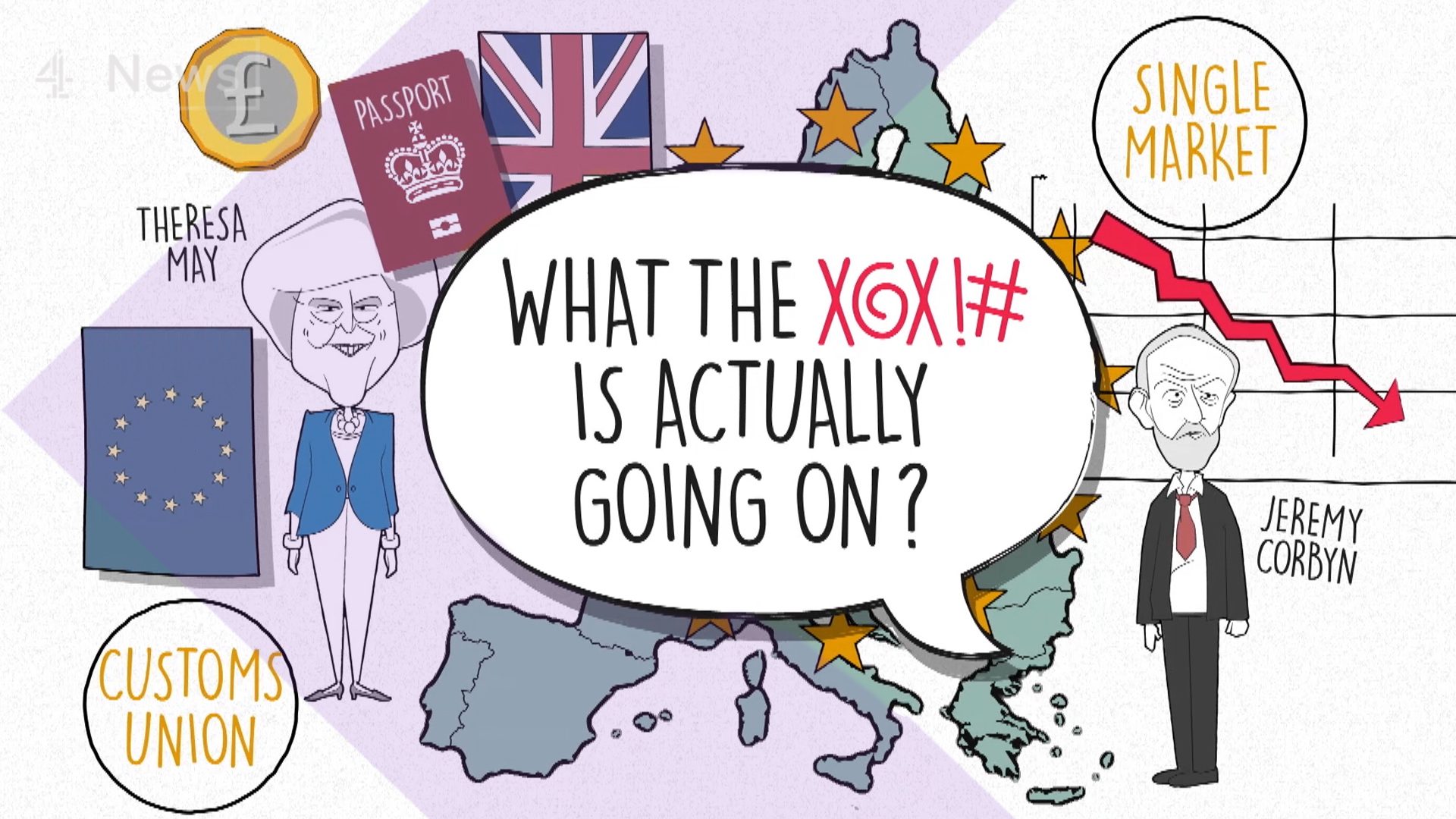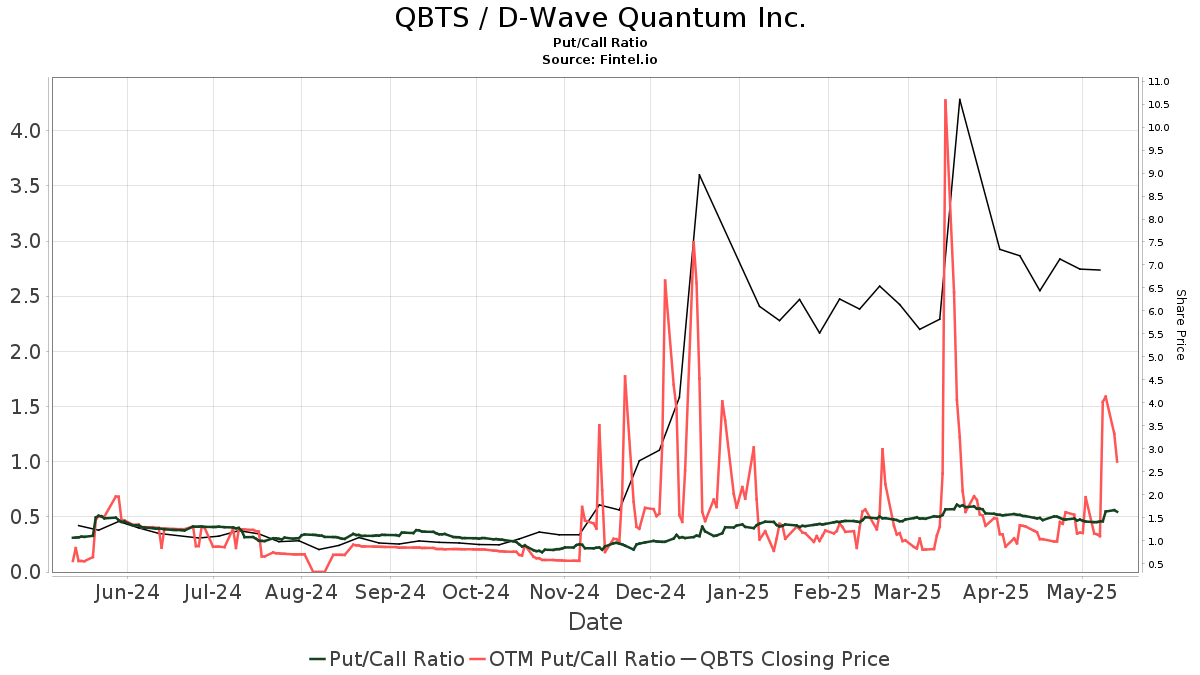The Brexit Effect: A Case Study Of UK Luxury Exports To The EU

Table of Contents
Increased Trade Barriers and Costs
The post-Brexit landscape has introduced substantial trade barriers and increased costs for UK luxury exporters. This section details the challenges faced concerning customs procedures, tariffs, and other non-tariff barriers.
New Customs Procedures and Documentation
Brexit significantly increased the paperwork and administrative burden for exporting luxury goods from the UK to the EU.
- Increased Paperwork: Exporters now face a mountain of new documentation requirements, including customs declarations, certificates of origin, and sanitary and phytosanitary (SPS) certificates. This has led to substantial administrative costs and increased risk of errors.
- Border Delays: Increased customs checks at EU borders have resulted in significant delays, impacting the timely delivery of luxury goods. Perishable items, such as high-end chocolates or fresh flowers, are particularly vulnerable to spoilage.
- Higher Compliance Costs: Businesses are forced to invest in new customs software, hire customs brokers, and train staff on new regulations. This adds a considerable layer of cost to the export process.
- Example: A luxury bespoke tailor reported a 3-week delay in delivering a suit to a client in France due to customs clearance issues, impacting client satisfaction and potentially future sales.
Tariffs and Non-Tariff Barriers
The imposition of tariffs on certain luxury goods has reduced their price competitiveness in the EU market. Further complicating matters are non-tariff barriers.
- Tariff Impact: While the UK and EU agreed on a trade deal minimizing tariffs, some luxury goods still face tariffs, impacting profitability. For example, specific tariffs might apply to high-end spirits or certain types of leather goods.
- Non-Tariff Barriers: Sanitary and phytosanitary regulations (SPS) are a significant concern, particularly for food and drink products. These regulations, designed to protect human, animal, and plant health, can lead to lengthy delays and increased costs.
- Case Study: A renowned British wine producer reported a 15% increase in export costs due to tariffs and additional SPS certification requirements, impacting their market share in France.
- Hidden Costs: Beyond tariffs, businesses face costs associated with navigating complex rules of origin, labelling requirements, and other non-tariff barriers.
Supply Chain Disruptions
Brexit has caused significant disruptions to the supply chains for UK luxury exports, impacting logistics, transportation, and sourcing.
Logistics and Transportation Challenges
The increased complexity of cross-border trade has led to significant challenges in logistics and transportation.
- Increased Transportation Costs: Longer transit times and more complex customs procedures have increased transportation costs. This is especially problematic for time-sensitive luxury goods.
- Just-in-Time Challenges: The Brexit-related delays have severely impacted the "just-in-time" delivery models relied upon by many luxury brands, leading to stock shortages and lost sales.
- Damage and Spoilage Risk: Increased transit times and handling raise the risk of damage or spoilage, particularly for fragile or perishable goods. This can lead to substantial financial losses.
- Alternative Routes: Some businesses are exploring alternative transportation routes, but these often come with higher costs and less reliable delivery times.
Impact on Sourcing and Manufacturing
Brexit has also impacted sourcing and manufacturing strategies for UK luxury brands.
- Sourcing Changes: Some luxury brands have had to revise their sourcing strategies to account for the added complexities of importing raw materials from the EU.
- Manufacturing Location Shifts: Some companies have considered or implemented a shift in manufacturing locations, either partially or fully, to mitigate Brexit-related challenges.
- Impact on Craftsmanship: The changes in sourcing and manufacturing could potentially impact the UK's renowned luxury craftsmanship and heritage.
- Reshoring Trend: There's a growing trend of reshoring manufacturing back to the UK, but this involves significant investment and may not be feasible for all luxury brands.
Adapting to the New Landscape
Despite the challenges, UK luxury exporters are actively adapting to the new post-Brexit landscape.
Strategies for UK Luxury Exporters
UK luxury exporters are adopting various strategies to mitigate the negative impacts of Brexit.
- Market Diversification: Many businesses are diversifying their export markets, focusing on countries outside the EU to reduce reliance on a single market.
- Technology Investment: Investments in customs software and logistics technology are streamlining processes and reducing errors.
- Stronger Importer Relationships: Building stronger relationships with EU importers and distributors is crucial for smoother trade.
- Premium Positioning: Maintaining and strengthening brand reputation and premium positioning can help offset increased costs.
Government Support and Initiatives
The UK government has introduced several initiatives to support UK luxury exporters.
- Government Schemes: Various schemes offer financial assistance, advice, and training to help businesses navigate the new regulations.
- Effectiveness Analysis: The effectiveness of these initiatives is still being assessed, and continuous improvements are needed.
- Future Support Recommendations: More targeted support focusing on the specific needs of the luxury sector is recommended.
- Trade Negotiations: Ongoing trade negotiations will play a crucial role in shaping the future of UK-EU trade relations for the luxury sector.
Conclusion
Brexit has undeniably presented significant challenges for UK luxury exports to the EU. Increased trade barriers, supply chain disruptions, and higher costs have impacted the profitability and competitiveness of this important sector. However, UK luxury brands are adapting by diversifying markets, investing in new technologies, and strengthening relationships with EU partners. Understanding the nuances of the Brexit effect on UK luxury exports is crucial for businesses to navigate this new landscape successfully. Further research and proactive adaptation are key to ensuring the continued success of the UK luxury sector in the global market. To stay informed on the latest developments and best practices, continue to research the ongoing impacts of Brexit on UK luxury exports to the EU.

Featured Posts
-
 Conference De Presse 15eme Edition Du Salon International Du Livre D Abidjan
May 20, 2025
Conference De Presse 15eme Edition Du Salon International Du Livre D Abidjan
May 20, 2025 -
 Bbai Investors Deadline Approaching Contact Gross Law Firm Regarding Potential Legal Action
May 20, 2025
Bbai Investors Deadline Approaching Contact Gross Law Firm Regarding Potential Legal Action
May 20, 2025 -
 Complete Answers For Nyt Mini Crossword March 15
May 20, 2025
Complete Answers For Nyt Mini Crossword March 15
May 20, 2025 -
 Factors Contributing To D Wave Quantum Qbts Stocks Monday Increase
May 20, 2025
Factors Contributing To D Wave Quantum Qbts Stocks Monday Increase
May 20, 2025 -
 F1 Hamilton Och Leclerc Vad Ledde Till Diskvalificeringarna
May 20, 2025
F1 Hamilton Och Leclerc Vad Ledde Till Diskvalificeringarna
May 20, 2025
